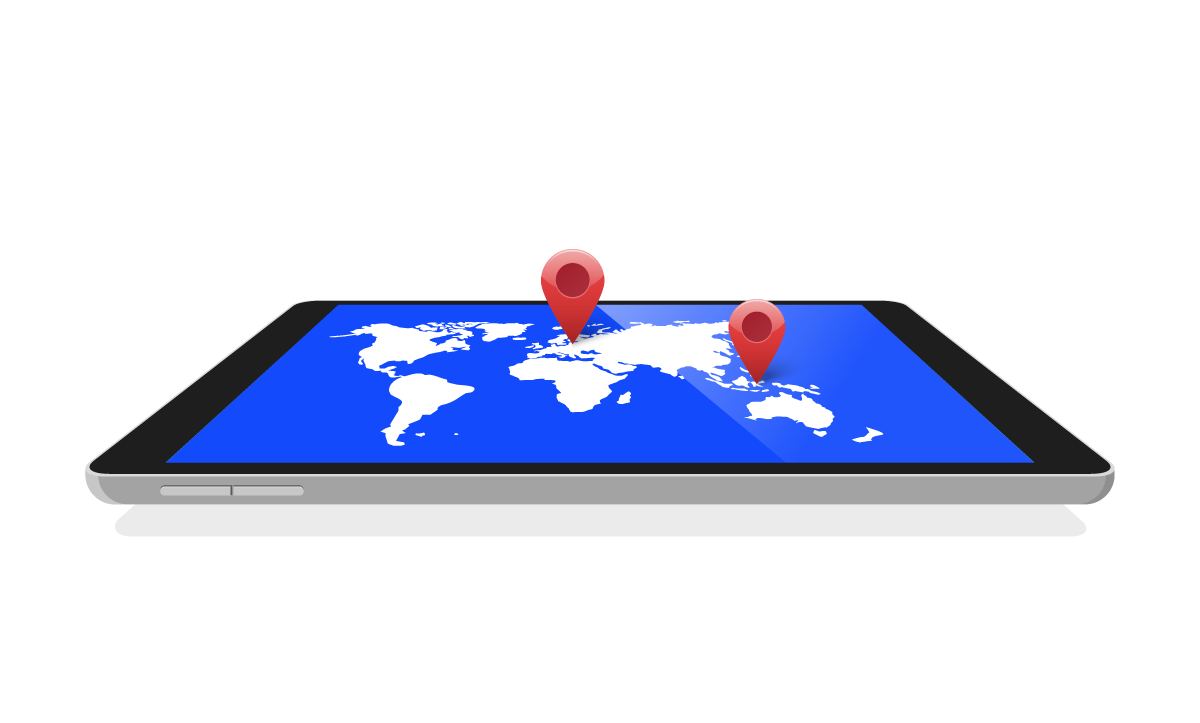In recent years, many policymakers have been asking these questions, which is why we have seen an increased interest in using MPD (Mobile Positioning Data) to have a better assessment of the situation on the ground in case disaster strikes. To maximize the use of MPD for disaster management, Positium, a data analytics company based in Estonia and one of our partners in the BuildERS project, have set out to create a dashboard that provides information about people’s movements around the area at risk. What is more, this dashboard truly highlights behaviour patterns before, during, and after disaster, which is extremely useful when trying to understand how people react to disaster and how can regional and national authorities cope with it more efficiently.
Within the BuildERS project, Positium had two case studies, in Estonia and Indonesia. While Estonia is a country with a lower risk of natural disasters (although seasonal storms and blizzards can occur), being an IT hub makes it very vulnerable to cyber-attacks. Indonesia, on the other hand, has a higher risk of experiencing natural disaster, which could be very dangerous to visitors and tourists who don’t understand the local context enough to protect themselves in such situations. Even though we deal with quite different disaster scenarios in the two countries, in both cases the Positium dashboard was found to be useful by stakeholders and end-users alike.
Take a sneak peek at the results of the two case studies in the article published by Positium on their website: https://positium.com/blog/resilience-mobile-phone-data-estonia-indonesia.
Have you read our recently published factsheet on the Estonian case study? You can download it here (under the dissemination materials).
The Indonesian factsheet is on the way!
